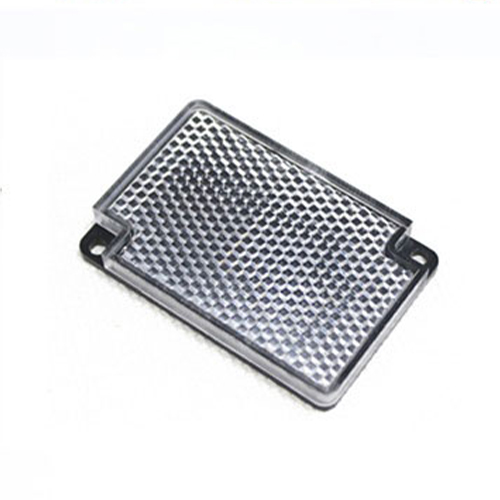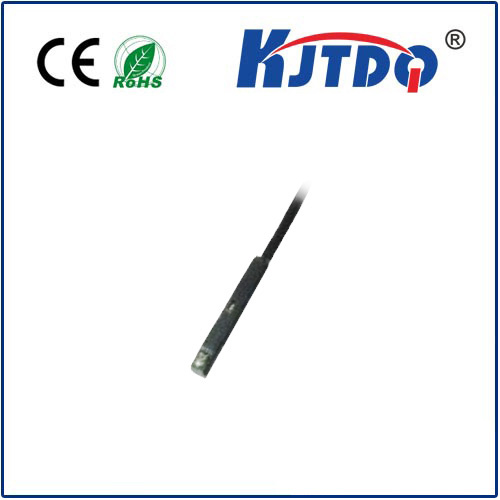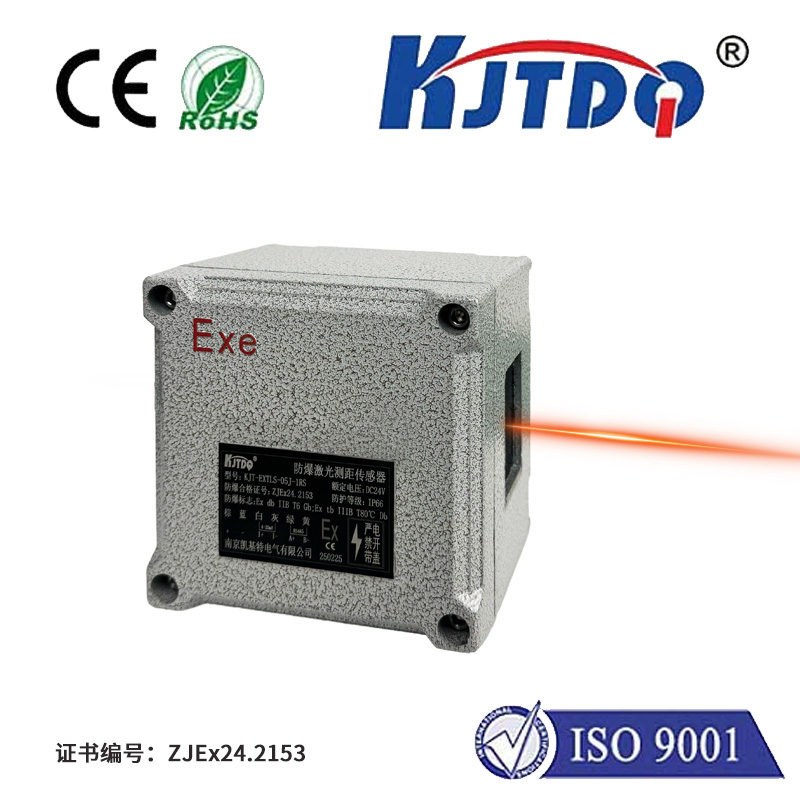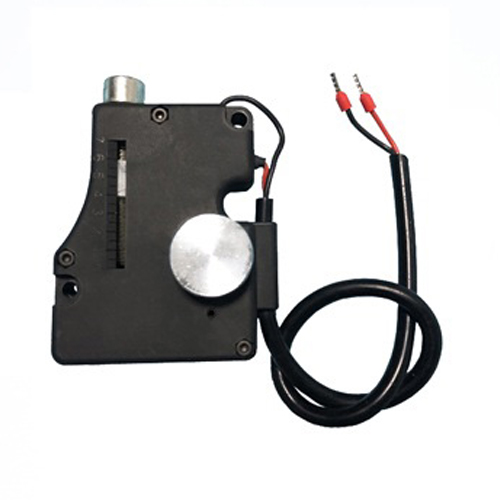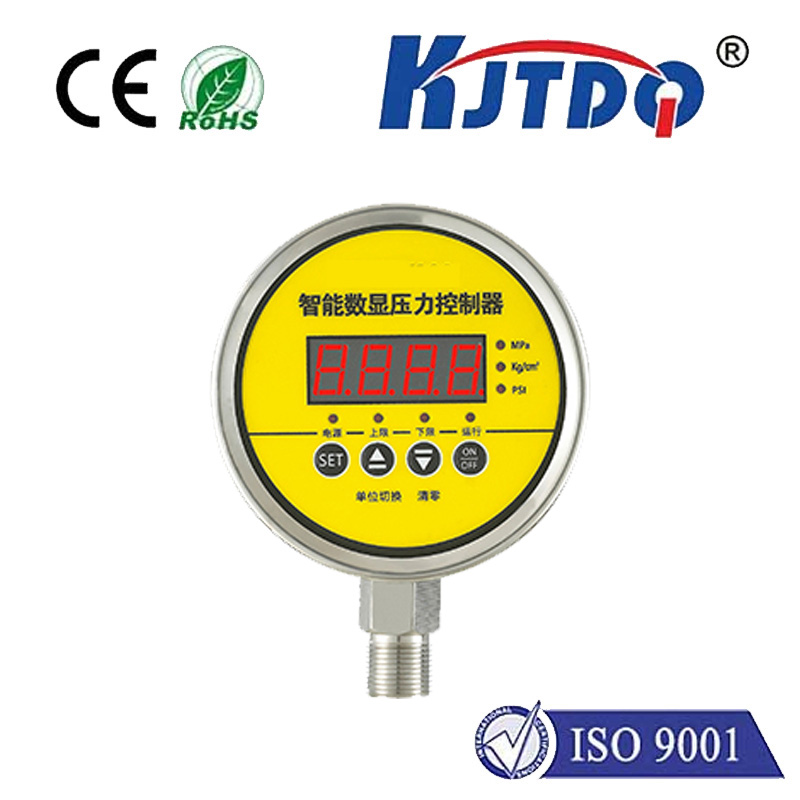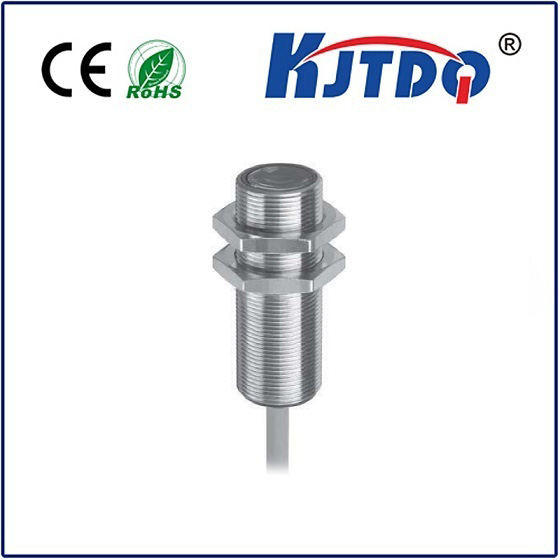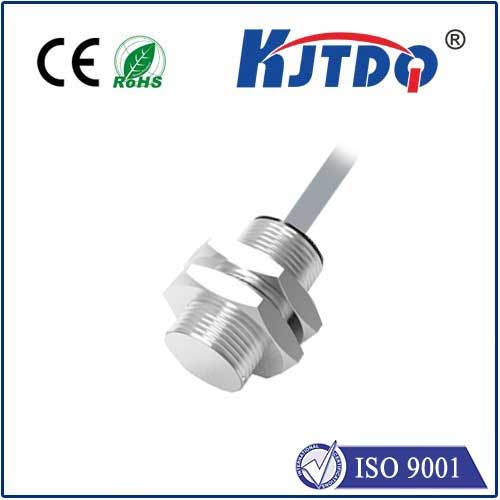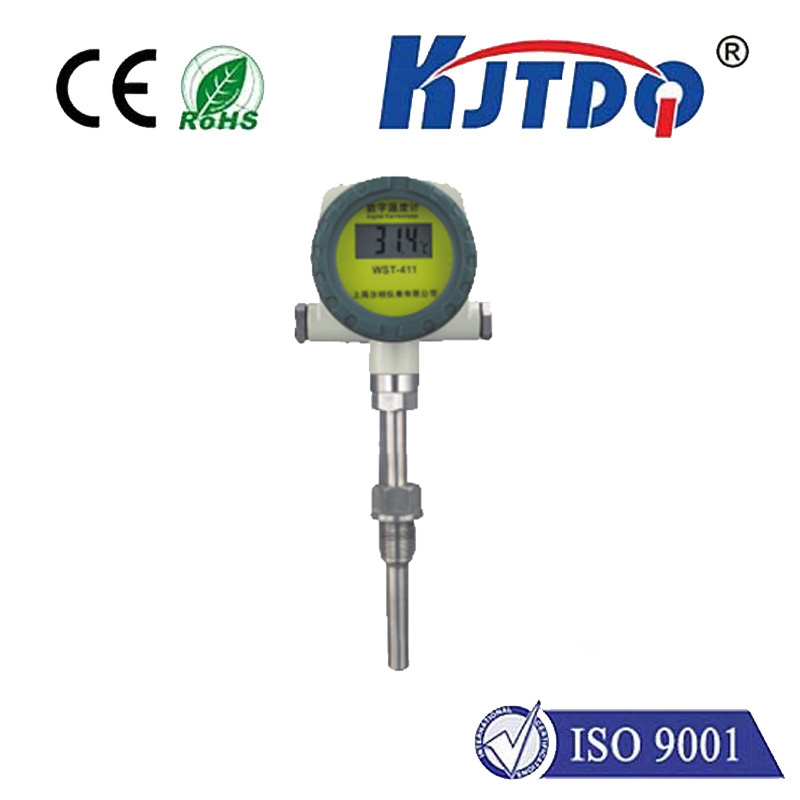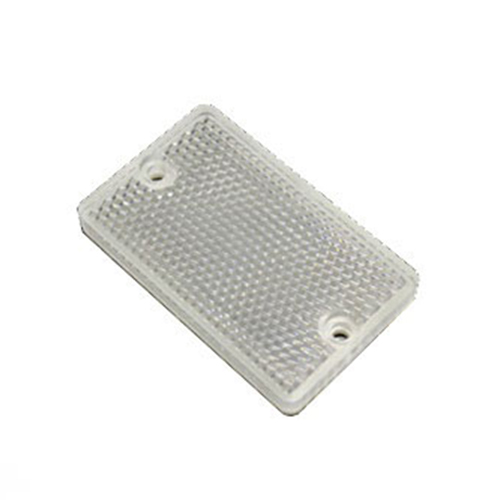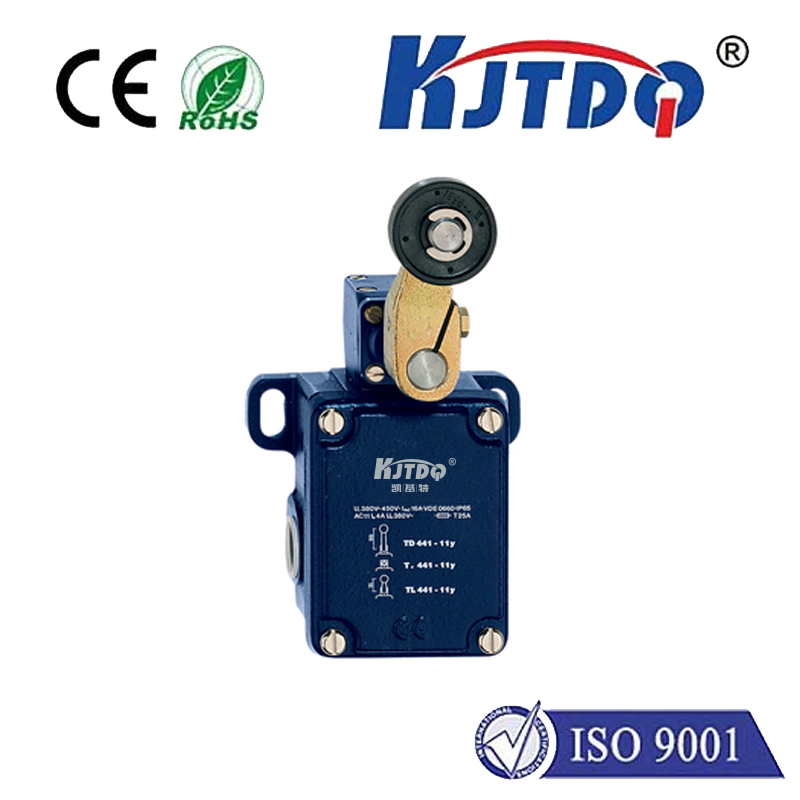Radar Sensor for Water Level: Enhancing Water Management and Flood Prediction
In today’s world, where climate change and urbanization are increasingly impacting water resources, the need for accurate and reliable water level monitoring has never been more critical. One of the most innovative tools in this domain is the radar sensor for water level, which plays a pivotal role in improving water management, flood prediction, and environmental monitoring. This article explores how radar sensors work, their benefits, and their importance in modern water management systems.
А.radar sensor for water level is a sophisticated device that uses radar technology to measure the height of water in various bodies of water, such as rivers, lakes, and reservoirs. Unlike traditional methods that rely on manual measurements or acoustic sensors, radar sensors offer continuous, real-time data with high precision. They operate by emitting radio waves that bounce off the water surface and return to the sensor, allowing the system to calculate the water level based on the time it takes for the waves to return. This makes them ideal for applications where quick and accurate data is essential.

The radar sensor for water level is particularly valuable in flood prediction and management. By providing early warning systems, these sensors help authorities anticipate and respond to potential flooding events. For example, in regions prone to seasonal floods, such as the Midwest of the United States or the Yangtze River basin in China, radar sensors can monitor water levels in real time, enabling timely evacuations and preventive measures. This not only saves lives but also reduces property damage and economic losses.
In addition to flood prediction, radar sensors are widely used in water resource management. They help in monitoring the volume of water in reservoirs, which is crucial for water supply planning and drought mitigation. By continuously tracking water levels, managers can optimize water distribution, ensuring that water is allocated efficiently to meet the needs of agriculture, industry, and domestic use. This is especially important in areas facing water scarcity, where precise data is essential for sustainable development.
Another key application of radar sensors for water level is environmental monitoring. These sensors can detect changes in water levels that may indicate ecological issues, such as contamination or erosion. For instance, a sudden drop in water level may signal a leak in a dam or a reduction in water flow, which could have serious environmental consequences. By providing continuous data, radar sensors enable environmental agencies to take prompt action and prevent ecological degradation.
Despite their advantages, radar sensors for water level are not without challenges. One of the main limitations is their range and accuracy. While they offer high precision, they can be affected by weather conditions, such as heavy rain or strong winds, which may distort the radar signal. Additionally, the installation and maintenance of these sensors require careful planning to ensure they function optimally in different environments.
However, advancements in technology are continually improving the performance of radar sensors for water level. Modern systems are more robust, energy-efficient, and capable of operating in a wide range of conditions. As a result, they are becoming more accessible and cost-effective for both public and private sectors.
In conclusion, the radar sensor for water level is a vital tool in modern water management. It provides real-time data that enhances flood prediction, supports sustainable water resource management, and contributes to environmental monitoring. As the global demand for water increases, the importance of these sensors will only grow. By leveraging the power of radar technology, we can better protect our water resources and ensure a safer, more resilient future.
